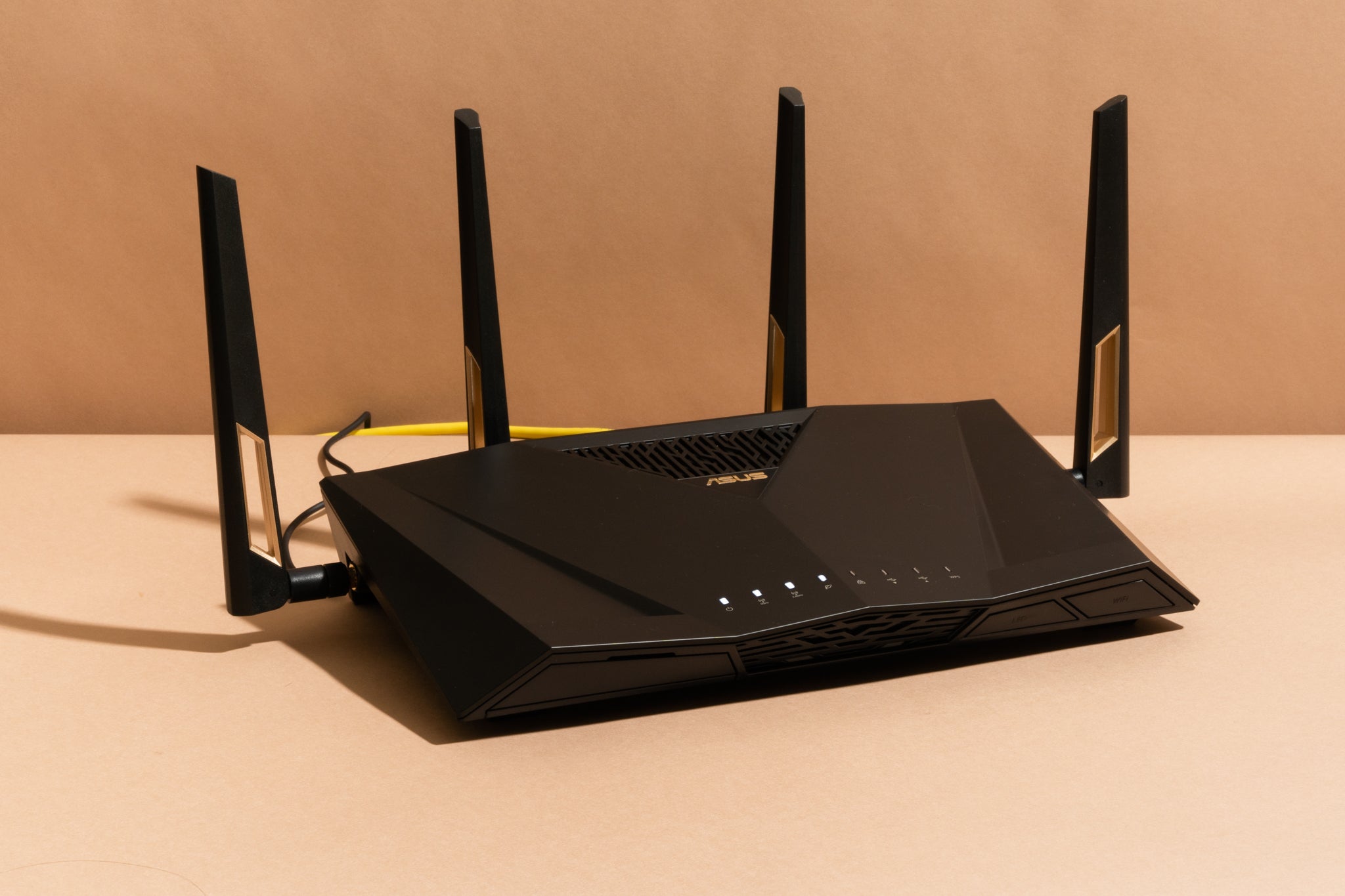
Blockchain technology has become increasingly popular in the past few years, and it’s easy to see why. This new technology allows people to store, send, and keep track of digital information without needing a central authority. It also lets users know what’s happening because all transactions are written down on an unchangeable ledger spread across the network.
How does it work?

At its core, Blockchain is a shared database system that securely stores records of digital transactions or data over peer-to-peer networks spread across the globe.
This means there is no single point of failure or control by any person or entity; instead, all participants have access to an identical copy of the same blockchain ledger at any given time. Because it is decentralized, it is almost impossible for anyone to change the data stored in these blocks. Each block contains cryptographic hashes from the blocks before it, making them practically impossible to change (unless someone has a lot of computing power).
Also, because it has a distributed architecture, changes made on one node must be reflected on all other nodes before they can be considered valid. This creates a consensus among peers, which helps ensure security and authenticity and prevents fraud and other attempts to manipulate the system, such as double-spending. All of this makes Blockchain perfect for financial services (like Bitcoin), healthcare (like medical records), government applications, and other situations where trust needs to be built between people who don’t necessarily know each other well (the “disintermediation effect”).
What is the use of Blockchain?

Blockchain lets users called “miners” compete against each other by using their computers’ processing power to solve complex mathematical equations. They then add new transaction entries to existing chain blocks (or make new ones) to make what we call “blocks.” Blockchains are large public ledgers that include these new or updated chains. Miners get cryptocurrencies like Bitcoin and Ethereum tokens when they finish their tasks successfully. This depends on the protocol used. Miners also sometimes get fees from users who start transactions, which gives them even more reason to do so.
Different types of Blockchain
There are now many different kinds and flavors, including permissionless, open-source protocols like Bitcoin and Ethereum, mostly used for payments, trading non-fungible assets, etc.
Permission-based private chains mostly use enterprise solutions like IBM Hyperledger Fabric, which offers privacy features and better scalability options while keeping the principles of immutability that make traditional blockchains work.
With so many benefits that could come from disruptive technologies, companies should take advantage of them as soon as possible to stay ahead of the competition and not fall behind.









